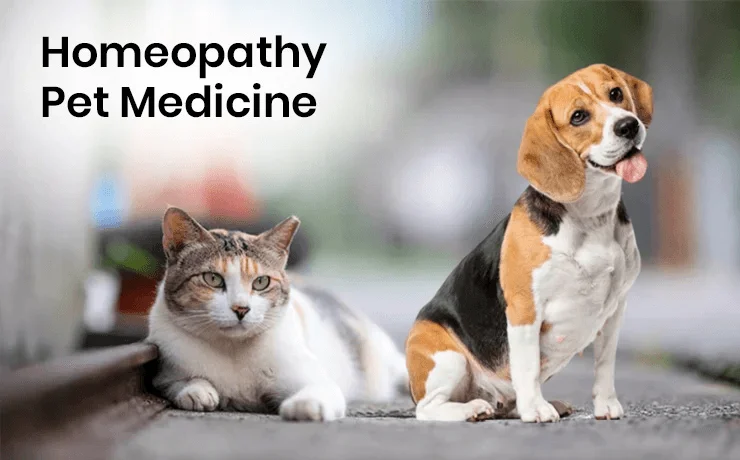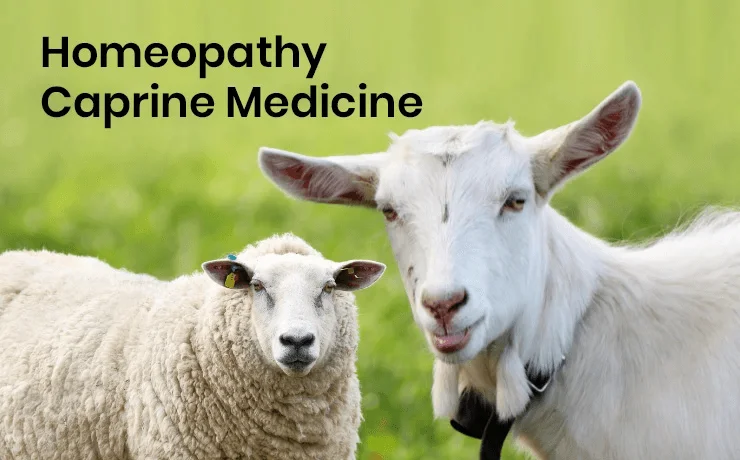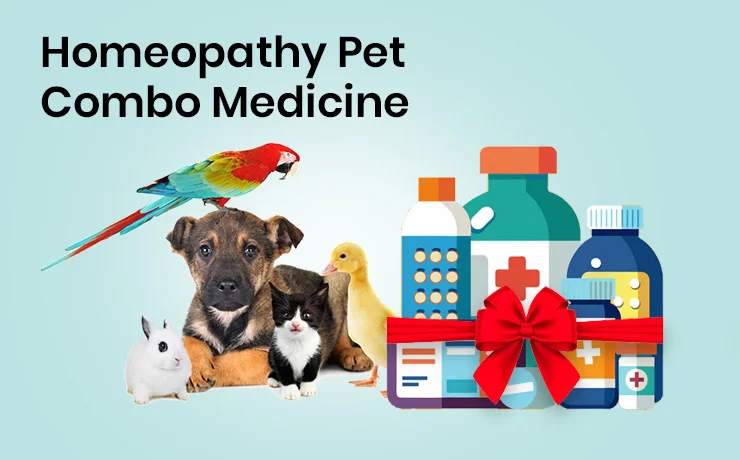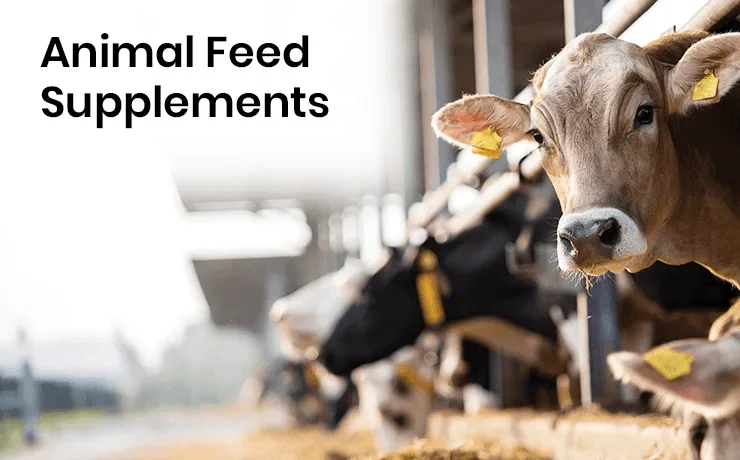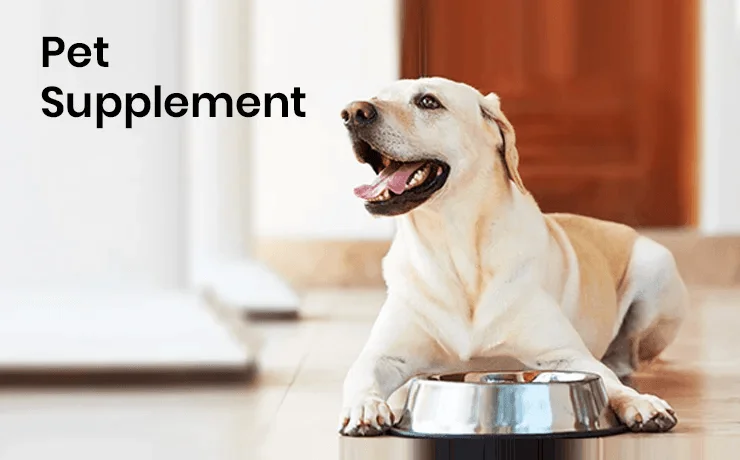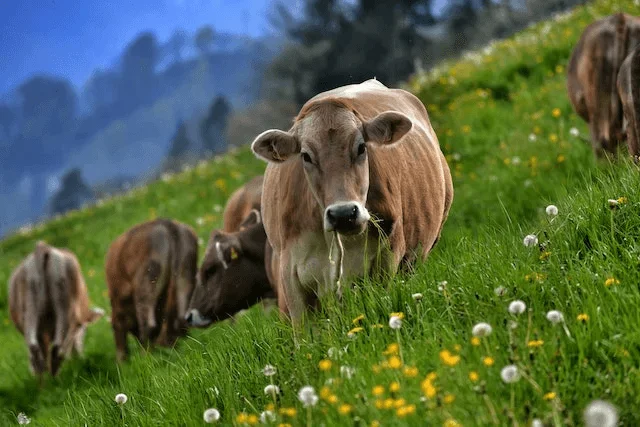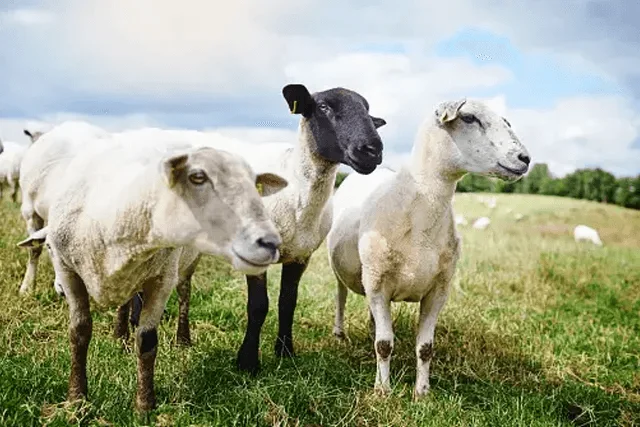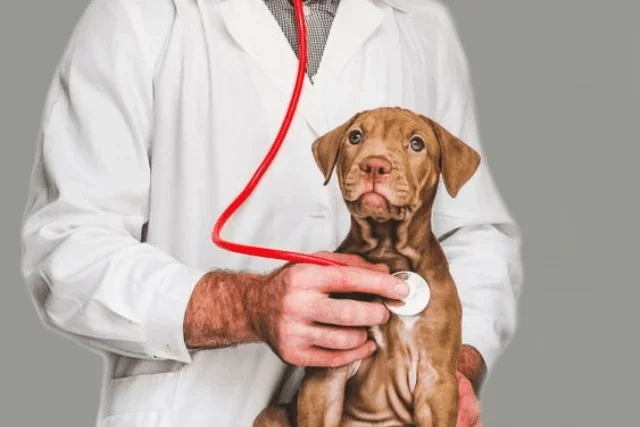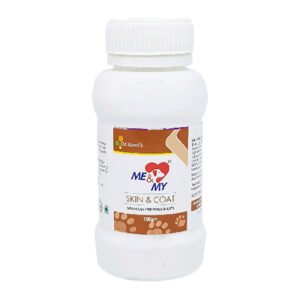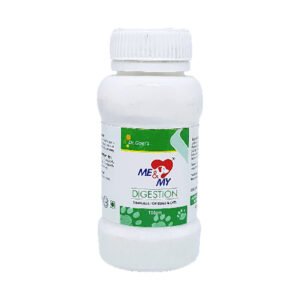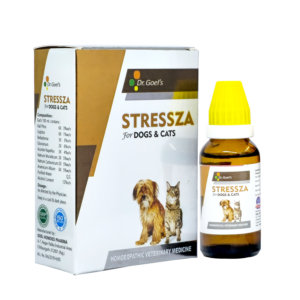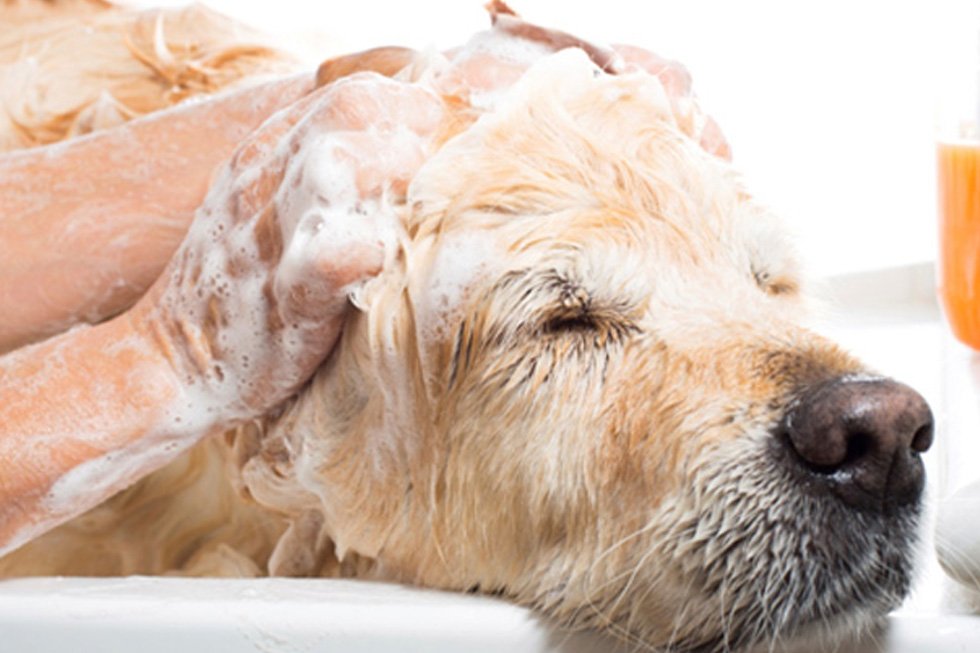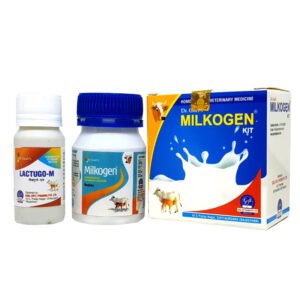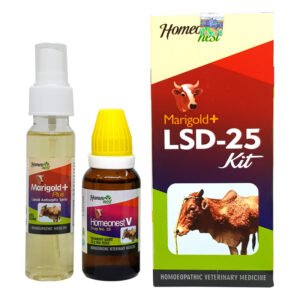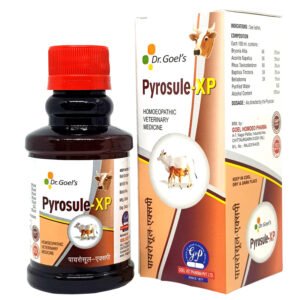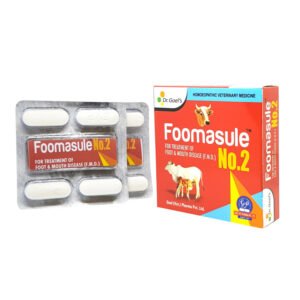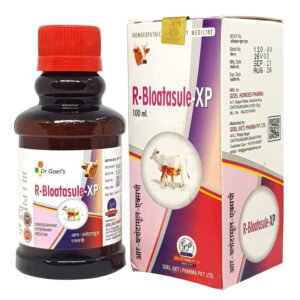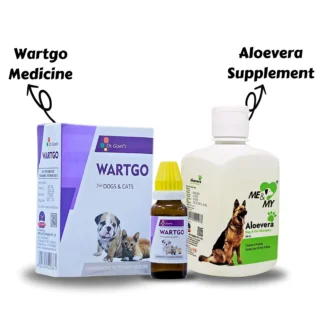That’s The Move! Movement And Mobility At Its Best

Walking, Running, jumping with joy, these words would aptly describe a happy, healthy dog who is full of energy. We may face a time when our dogs are not as enthusiastic about walks or jumping as they were before. This could be a hint towards joint related issues in cases where other signs of febrility are absent such as diarrhoea etc. what basically are joint related issues, how do they manifest, and what are the signs we could look out for? In today’s blog, we aim to target this issue of mobility-related problems, joint issues, and so on. Let us understand the basics. What is mobility, after all?
A Talk About Walk: What Is Mobility, What Are The Signs To Watch Out For?
Mobility term refers to the ability to move freely without any signs or evidence of discomfort. The signs of discomfort in cases of mobility issues vary from a wide range, starting from mild degree discomfort to severe mobility issues coupled with a severe level of discomfort. Mobility can be hampered due to ‘n’ a number of reasons, such as hip-related issues, joint inflammation/infections, immune mediated arthritis, fractures, dislocations, joint pain, trauma, etc.
Certain conditions are quite easy to diagnose, such as fractures, while some conditions, such as mild hip dysplasia may be overlooked due to the cryptic nature of the discomfort, as the only signs pet parents notice is that of altered gait style. However, the signs are still evident. Here are some of the signs which may help guide you regarding mobility issues:
1. Altered walking pattern:
As simple as this may sound, paying close attention to the walking style can act as an important key to determining the physical health status of your pet. Next time, when you take your dog on a walk, notice any particular change which is quite evident. Notice the way your dog walks, if they:
- Limp while walking
- If limping, which leg
- If you notice your pet not placing one limb on the ground [due to any reason]
- If your pet is not as enthusiastic about walking as they were before
- If your pet is not able to or not willing to walk for a long time
These signs can hint towards mobility issues [ due to hip, bone, muscle, etc.]
2. Reluctance to climb up/down:
If your pet is reluctant to climb on sofas or beds as opposed to before, there is a chance your pet might be suffering from some joint/hip issue. Lameness is the term used for when the animal is seen as lame, doesn’t wish to walk, or is moving with difficulty. Lameness could be severe to very mild depending upon the severity of the disease and disease progression.
3. Muscle Atrophy:
if you notice muscle mass reducing or has been reduced in size on one of the thigh-region[mostly], that could be a hint towards muscle atrophy which is primarily due to disuse of that part (Disuse Atrophy). Atrophy essentially means a reduction in the size of cells or body parts, which is because of the non-use or disuse of that organ/part. What happens here is, due to pain/discomfort the animal is reluctant to use that affected part or the leg as a whole, which is why there is less use or disuse of that affected part, thereby leading to atrophy
4. Evident signs of Swelling/Pain:
Sometimes, the disease progresses rather quickly without giving you a longer time frame to analyse and work on. For instance, n cases of fractures or dislocations, there is swelling and pain instantly visible on and around the affected area, followed by altered walking patterns such as signs of limping and not bearing weight on that limb becoming very evident and frank.
But What Are The Reasons For Mobility Related Issues?
We can broadly classify this disease process as follows:
- Joint- related issues [Arthritis]
- Due to Lifestyle and habits
- Due to Auto-immunity
- Due to Trauma
Let us look at these causes one by one.
1. Joint Related Issues [Arthritis]:
Joints are the structures that help align two bones and allow some degree of movement along the plane. The inflammation of the joint is termed arthritis. Joint Inflammation and degeneration can be caused by trauma, infection, Auto-immunity, ageing, etc. However, there are different types of arthritis such as:
- Osteoarthritis
- Immune- Mediated Arthritis
- Osteoarthritis is also called as Degenerative Joint disease which as the name suggests is due to the degeneration of the joints. This condition is characterized by the thinning of cartilage, the building up of synovial fluid within the joint or in some cases, diminished flow of synovial fluid causing the articular surfaces to rub against each other, and the formation of bony outgrowths or exostoses of the joint region. This leads to inflammation of the joint membrane, cartilage destruction and inflammation, thus triggering pain, lameness and so on.
- Immune-Mediated Arthritis essentially refers to Rheumatoid arthritis. The term Auto Immunity means – ‘The body’s immune system starts reacting against self-[Auto] body cells’
The immune system of our body acts as a defence wall or fortress system against foreign particles such as bacteria, viruses dust particles etc. Immune System cells will attack such foreign particles, kill them and then expel them from the body. However, in this condition of rheumatoid arthritis, the immune system becomes a bit dysfunctional and starts misinterpreting and recognizing some of its own body protein for foreign protein. The body reacts to the antigen by producing antibodies that bind the antigen, and on binding, they end up forming Immune complexes called ANTIGEN-ANTIBODY COMPLEX, which in this condition gets deposited in the joints thereby triggering pain and mobility related issues.
2. Lifestyle And Habits:
A sedentary lifestyle does no good to an individual, may it be pet parents or pets themselves. Obesity is one of the major factors which can trigger a cascade of disease processes, one of which is hip-issues and mobility issues. Hip dysplasia is characterized by a loose joint followed by subsequent degenerative joint disease or otherwise termed osteoarthritis. Too harsh exercise, poor nutrition, and hereditary factors contribute to the occurrence of hip dysplasia. Due to some idiopathic or genetic factors too, this condition could be triggered in younger dogs who are still in the growing phase or are too young to be suffering from any joint-bone problems. Hip dysplasia is one of the commonly presented causative agents for reduced mobility.
3. Trauma:
Direct trauma can lead to fractures, dislocation, lacerations, and bruises which can affect motility to a certain level, which is again manifested in the commonly observed signs and symptoms [refer above].
How Are These Conditions Diagnosed?
As we mention in most of our blogs, diagnoses are the key to successful treatment. If the causative agent is due to a motor car accident, we may look into fracture or bruises, etc., as the troublemaker. However, if, in the absence of trauma, your dogs/cats experience signs of pain, discomfort, lameness, and walking/climbing/jumping issues, the Veterinarian may shift their attention to figuring out who or what is the cause of all causes. Here are some of the tests which may be recommended by your vet.
- X-RAY – An X-Ray would be warranted to rule out fractures or any bone deformities. X-rays are highly efficient in imaging the bones and bony processes and thereby help us to figure out where exactly the fracture or the bone deformity lies. The bone deformities could be due to ageing or due to genetic factors [if they are young dogs] or due to nutritional deficiency [e.g., Rickets in puppies] An X-Ray can also help us figure out whether the issue lies at the joints and whether the joints are getting worn out/ due to immune mediated rheumatoid arthritis.
- Blood test – to rule out any infections which can affect the mobility of the dog. For instance, in rheumatoid arthritis, a special blood test to check out for “Rheumatoid Factor” can be done too. However, this factor is not that sensitive, as even dogs with no rheumatoid arthritis can have this factor shown up in the test.
- Synovial Fluid Test – Synovial Fluid is present in the joints of all animals, includinghumans.This fluid acts as a shock absorbent, which helps in the maintenance of proper movement and mobility of the joints, which of course, has a huge role to play as it also helps in locomotion. The synovial fluid is analysed and, if affected with inflammation [arthritis], will show characteristic typical changes. Cells involved in inflammation are present in large numbers, which is indicative of an inflammation process occurring within the joint capsule. The fluid is usually cloudy in appearance and is of a thinner consistency than normal in such cases of arthritis.
- Biopsy of tissue and CT scans can also aid in diagnostics.
Light At The End Of The Tunnel: Roadway To Recovery.
Most of the health issues pertaining to mobility, joint-related problems are quite common in the middle-aged to elder group of dogs. Sometimes due to genetic factors coupled with poor habits and obesity, these diseases can eventually get triggered in younger group of dogs. It is essential to keep an eye out on any of the unnatural behaviour our pets may exhibit hinting towards joint-bone-related problems. When we catch diseases or disorders at an early stage, we can essentially improve the standard of living of our pets at the earliest and provide them with good medical facilities and treatment. Let us discuss some of the medical treatment options:
- CHANGE OF HABITS AND LIFESTYLES: A minor change every day on a small-scale basis can help your pets in the long run. Lifestyle invariably is coupled or intertwined massively with diseases and disorders. What you can do is, opt for a good healthier lifestyle. If your pet has been diagnosed with, let’s say, hip dysplasia, for instance, your Vet may suggest you alter your dog’s feeding habits, and losing weight could ultimately prove to be helpful in the long term management of such disorders. No more puppy eyes and overfeeding!
- LIMITING UNWANTED STRESS ON JOINTS:Jumping, running excessively, and straining joints is totally not acceptable when in case your pet has joint related issues. Until recovery or until the major signs of joint pain and discomfort subsides, ensure that your pet has limited to no access to such sofas/beds/etc which may require them to jump/run/move too frequently in such a manner that it may put undue strain on the joints hampering their recovery process.
- JOINT SUPPLEMENTS: Joint supplements are one such important tool that provides necessary elements which help comfort, subside signs, and improve the standard of living extensively. These supplements usually contain Chondroitin Sulphate, Glucosamine hydrochloride, Omega-3 fatty acids Hyaluronic Acid, and such related contents, which are exclusively important for joint health.
- HOMEOPATHIC SUPPLEMENT: Me & My mobility Pet supplementation is very useful for pets showing symptoms of articular or muscular rheumatism with or without inflammatory and febrile complaints. Other symptoms like stiff neck, rheumatic pain in the shoulders, twitching, stiffness, pain in the joints, cracking of joints, etc., are also managed.
Mobility impacts the lifestyle of our furry paws tremendously. It is quite a challenge to aid our ailing pet. It is a matter of concern when our pets are not able to exhibit their normal behaviour because, this, mountain of mobility-issue is rendering not only our pets’ but also pet parents- immobile. However, there is always a brighter light at the end of the tunnel. With prompt diagnosis, prompt treatment or management, we can fight this battle easily. One thing which we often learn from these voiceless animals is that They never give up, nor do they ever cease to be happy. We, as pet parents should adopt this attitude of never-say-never and look at the brighter picture even in the darkest hour. Let us fight this mountain of mobility issues, and when your furry best friends are back on track, ensure that you celebrate with great joy and, of course, with walking an extra mile just to enjoy the sunset with movement and mobility at its best, because, THAT’S THE MOVE!
Homeopathic Solution for DOGS AND CATS
Me and My Mobility Pet supplementation is very useful for pets showing symptoms of articular or muscular rheumatism with or without inflammatory and febrile complaints. Other symptoms like stiff neck, rheumatic pain in the shoulders, shifting whitlow, twitching, cramps, stiffness, pain in the joints, cracking of joints, etc., are also improved with this supplement.
DERMISULE For All Kinds of Skin Issues in Pets:
ME and MY SKIN AND COAT Homeopathic Supplement
ME and MY IMMUNITY Homeopathic Supplement
GOHEAL SPRAY FOR Injury, FMD, and Burns

 Australian Shepherd
Australian Shepherd Beagle
Beagle Belgium Shepherd
Belgium Shepherd Bernese Mountain Dog
Bernese Mountain Dog Border Collie
Border Collie Boxer
Boxer Bulldog
Bulldog Cavalier King Charles Spaniel
Cavalier King Charles Spaniel Chihuahua
Chihuahua Cocker Spaniel
Cocker Spaniel Dachshund
Dachshund Doberman Pinscher
Doberman Pinscher Dogo Argentino
Dogo Argentino French Bulldog
French Bulldog German Shepherd
German Shepherd Golden Retriever
Golden Retriever Great Dane
Great Dane Himalayan Shepherd
Himalayan Shepherd Indie Dogs
Indie Dogs Labrador Retriever
Labrador Retriever Pakistani Bully
Pakistani Bully Pembroke Welsh Corgi
Pembroke Welsh Corgi Pitbull
Pitbull Pomeranian
Pomeranian Poodle
Poodle Pug
Pug Rottweiler
Rottweiler Shih Tzu
Shih Tzu Siberian Husky
Siberian Husky Yorkshire Terrier
Yorkshire Terrier Abyssinian
Abyssinian American Bobtail
American Bobtail American Shorthair
American Shorthair Balinese Cat
Balinese Cat Bengal Cat
Bengal Cat Birman
Birman Bombay Cat
Bombay Cat British Longhair
British Longhair British Shorthair
British Shorthair Burmese Cat
Burmese Cat Devon Rex
Devon Rex Exotic Shorthair
Exotic Shorthair Himalayan Cat
Himalayan Cat Maine Coon
Maine Coon Oriental Shorthair
Oriental Shorthair Persian Cats
Persian Cats Ragdoll
Ragdoll Scottish Fold
Scottish Fold Siamese Cat
Siamese Cat Siberian Cat
Siberian Cat Sphynx Cat
Sphynx Cat



















